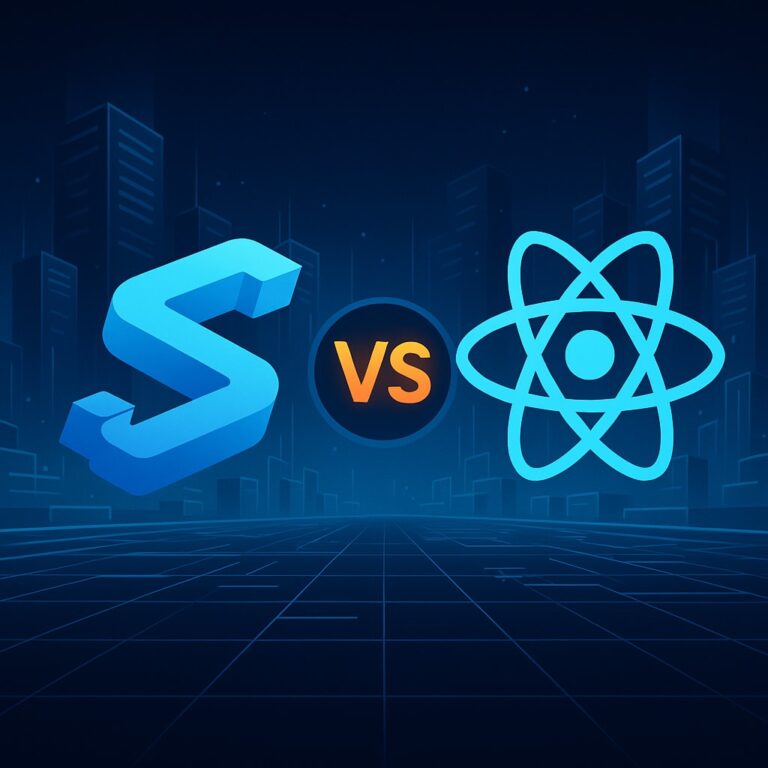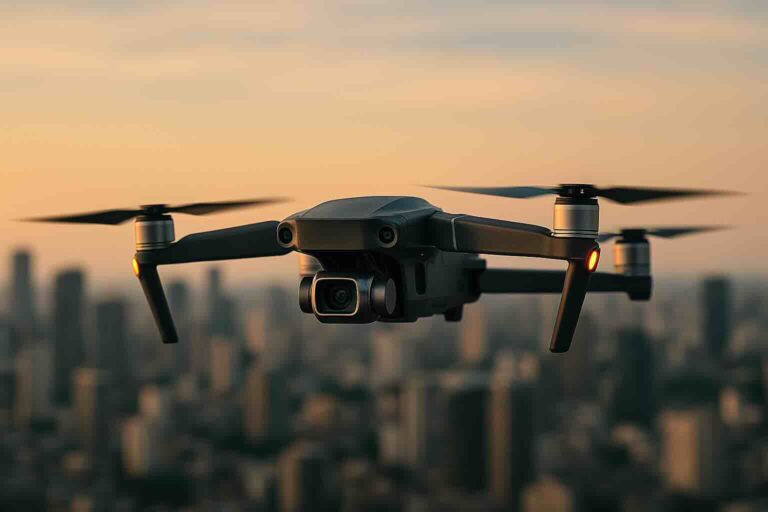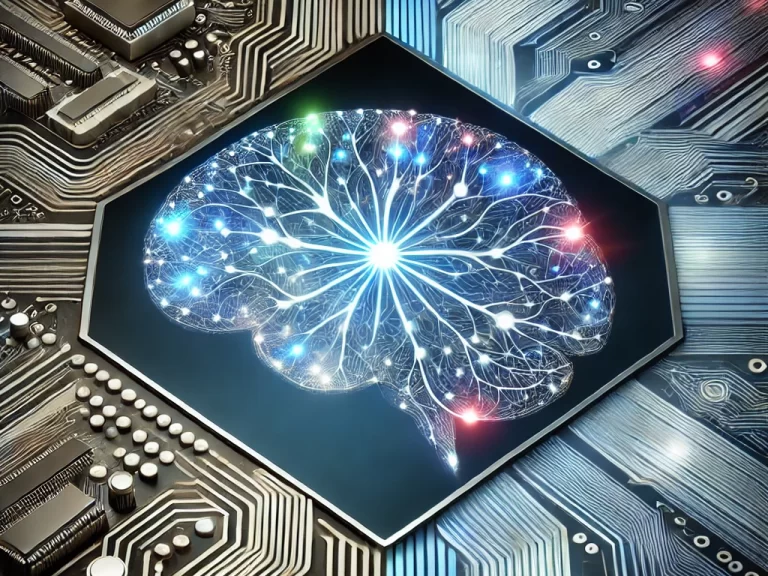The world is still adapting to the rapid expansion of 5G technology, yet the conversation around 6G has already begun. While 5G offers lightning-fast download speeds and ultra-low latency, 6G promises an even more transformative experience. But what exactly are the differences between 5G and 6G? When can we expect 6G to arrive? And how will it impact our lives and industries? In this comprehensive guide, we explore the evolution from 5G to 6G, including the technological advancements, expected timelines, and the implications of this next-gen network.
Table of Contents
- What is 5G Technology?
- What is 6G Technology?
- Key Differences Between 5G and 6G
- Expected Features of 6G
- Use Cases: 5G vs. 6G
- Challenges in 5G and 6G Deployment
- When Will 6G Arrive?
- Countries Leading the 6G Race
- How Will 6G Change Our Lives?
- Final Thoughts
1. What is 5G Technology?
5G, or the fifth generation of mobile networks, builds on its predecessors (1G to 4G) by offering faster speeds, lower latency, and greater connectivity. Introduced in the late 2010s, 5G uses higher-frequency bands (millimeter waves) and technologies like beamforming and massive MIMO (Multiple Input Multiple Output) to deliver up to 10 Gbps speeds.
Key benefits of 5G:
- Up to 100x faster than 4G
- Latency as low as 1 millisecond
- Connects up to 1 million devices per square kilometer
- Enables IoT, smart cities, autonomous vehicles, and remote surgeries
2. What is 6G Technology?
6G is the sixth generation of wireless communication technology, currently in the research and development phase. It aims to push the boundaries of 5G by offering even faster data rates, sub-millisecond latency, and new communication paradigms like holographic transmission and brain-computer interfaces.
Projected capabilities of 6G:
- Speeds up to 1 Tbps (terabit per second)
- Latency under 0.1 milliseconds
- Full-spectrum AI integration
- Terahertz frequency bands (100 GHz – 10 THz)
- Support for extended reality (XR), tactile internet, and space-air-ground-sea networks
3. Key Differences Between 5G and 6G
| Feature | 5G | 6G |
|---|---|---|
| Max Speed | ~10 Gbps | Up to 1 Tbps |
| Latency | ~1 ms | <0.1 ms |
| Frequency | mmWave (30-300 GHz) | Terahertz (100 GHz – 10 THz) |
| AI Integration | Limited | Full integration |
| Applications | IoT, AR/VR, autonomous cars | XR, holograms, brain-machine interface |
| Maturity | Commercial | Research/early testing |
4. Expected Features of 6G
- Ultra-High Speeds: 6G may offer data rates up to 100x faster than 5G.
- Hyper-Low Latency: Real-time responsiveness for critical tasks.
- Terahertz Spectrum: Access to massive bandwidth for dense data environments.
- AI-Native Network: Self-optimizing and self-healing systems.
- Energy Efficiency: Eco-friendly communication with lower power requirements.
- 3D Connectivity: Integration of space, aerial, and underwater networks.
- Sensing and Imaging: Built-in sensors for environmental data collection and health monitoring.
5. Use Cases: 5 Cases for Each
5G Use Cases:
- Autonomous Vehicles
- Smart Cities
- Telemedicine & Remote Surgery
- Industrial IoT
- Augmented Reality (AR) Applications
6G Future Use Cases:
- Holographic Telepresence
- Brain-Computer Communication
- Global Real-Time Language Translation
- Smart Wearables with Health Prediction
- Immersive XR (Extended Reality) Environments
6. Challenges in 5G and 6G Deployment
For 5G:
- High infrastructure cost
- Limited rural coverage
- Device compatibility issues
- Regulatory hurdles
For 6G:
- Technology still in early R&D
- Terahertz signal penetration issues
- High energy consumption concerns
- Global standardization and spectrum allocation
7. When Will 6G Arrive?
6G is expected to roll out commercially around 2030, though initial testbeds and prototypes may appear as early as 2026-2027. Global tech giants like Samsung, Huawei, Nokia, and governments of South Korea, China, the USA, and Japan are actively investing in 6G research.
8. Countries Leading the 6G Race
- South Korea: Launched a 6G R&D center in partnership with Samsung and LG.
- China: Sent a 6G test satellite in 2020; strong government funding.
- United States: DARPA and industry leaders investing in NextG.
- Japan: 6G roadmap includes space-based networks.
- Finland & EU: Nokia and European Commission initiatives for 6G.
9. How Will 6G Change Our Lives?
- Seamless human-machine interactions
- Real-time remote collaboration with 3D holograms
- AI-driven environments that adapt to user needs
- Medical breakthroughs via ultra-precise diagnostics and monitoring
- Hyper-connected smart homes, cities, and wearables
6G will bridge the gap between physical and digital worlds, enabling an era of ambient computing where communication is instant, intuitive, and invisible.
10. Final Thoughts
The transition from 5G to 6G represents more than just faster speeds. It’s a leap toward an intelligent, connected future powered by AI, immersive tech, and extreme data capabilities. While 5G is still being adopted globally, it lays the groundwork for the next giant step. If 5G is the foundation for smart devices and automation, 6G will be the platform for intelligent experiences and digital transformation at an unprecedented scale.
5G vs 6G, What is 6G, Difference between 5G and 6G, 6G speed, When will 6G arrive, 6G vs 5G comparison, 6G technology, future of mobile networks, 5G vs 6G use cases, 6G benefits, 6G timeline, 6G rollout, next-gen wireless networks, terahertz technology, AI in 6G












